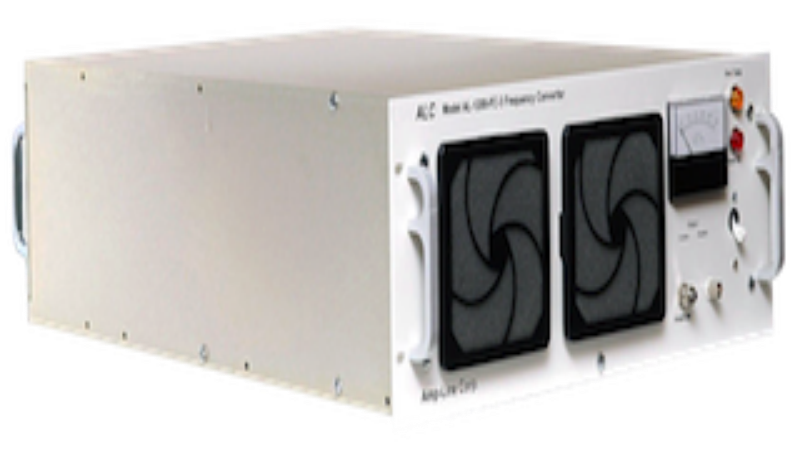Not too many years ago, people with cardiovascular problems had few treatment options, especially for arterial restriction. Doctors would prescribe medications with a low fat and low cholesterol diet and if the problem became too severe, bypass surgery was a last resort. However, thanks to modern medical device design, arterial stents are becoming common and saving many lives. Here is more info on the subject.
What is a Stent?
A stent is a small tube inserted inside of an artery. It is used to expand narrowed or restricted arteries and return the natural flow of blood to the heart and body. During the procedure, the patient is given numbing and calming medication and a sheath is placed in the artery, either from the arm or groin. A catheter is placed inside the sheath so a special dye can be used. This tells the doctor if the artery is severely restricted or not.
A balloon catheter is used to place the stent (made from metal mesh) in the artery narrowing. The balloon is then inflated and removed, leaving the stent. The artery eventually heals and the stent keeps the narrowing opened.
Stent Benefits
Stent medical device design can provide the following benefits;
* Open up narrowed arteries
* Reduce angina pain
* Increase heart efficiency
* Lower risks of heart attack
* Provide a more active lifestyle
Risks with Stent Procedures
Risks are considered to be minimal. The procedure is done without the need for a general anesthetic and is normally about one hour in duration (single stent). Most patients are advised to take blood thinning medication for up to one year after receiving a stent, because the risk for blood clots increases. Some stents need to be redone in time. Your cardiologist can help you make the right choices and advise you on the best course of action.



